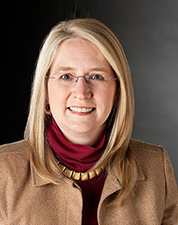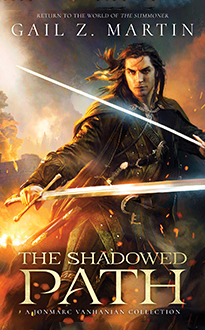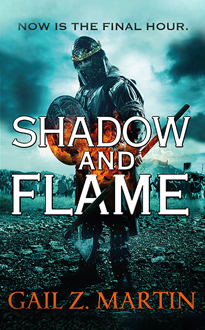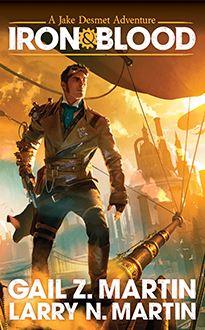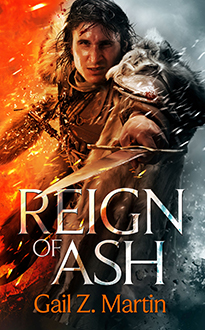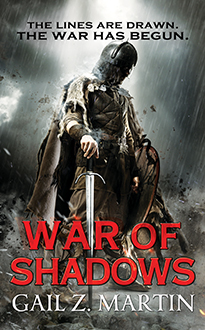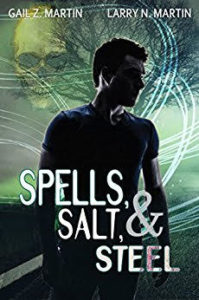[Manga Maniac Cafe] Describe yourself in five words or less.
A: Writer, author, scribe, imaginer, storyteller.
[Manga Maniac Cafe] Can you tell us a little about Deadly Curiosities?
A: Deadly Curiosities takes place in historic, haunted Charleston. Welcome to Trifles & Folly, an antique and curio shop with a dark secret. Proprietor Cassidy Kincaide continues a family tradition begun 350 years ago – acquiring and neutralizing dangerous supernatural items. It’s the perfect job for Cassidy, whose psychic gift lets her touch an object and know its history. Together with her business partner Sorren, a 500 year-old vampire and former jewel thief, Cassidy makes it her business to get infernal objects off the market.
When a trip to a haunted hotel unearths a statue steeped in malevolent power, and a string of murders draws a trail to an abandoned section of the old Navy yard, Cassidy and Sorren discover a diabolical plot to unleash a supernatural onslaught on their city.
It’s time for Kincaide and her team to get rid of these Deadly Curiosities before the bodies start piling up.
The novel will be out in June in bookstores everywhere and online. I also have a free novella, The Final Death, set in the Deadly Curiosities world that’s available free on Wattpad here: https://www.wattpad.com/story/15334006-the-final-death. And I write short stories in the Deadly Curiosities universe (including several time periods in the past) available on Kindle, Kobo and Nook, with more to come.
[Manga Maniac Cafe] How did you come up with the concept and characters?
A: I visited Charleston a few years back for a conference, and then took my family back for a longer visit. It’s a beautiful place with a rich history and a lot of scandal and salaciousness beneath all the propriety. I loved the city, and I realized that it hadn’t been overdone as an urban fantasy setting. I started brainstorming right then about what kind of a series would be a good fit. Charleston’s one of the most haunted cities in the US, so ghosts fit right in, along with other supernatural creatures. An antique/curio shop also was a natural, because Charleston is full of them, and it would be the obvious place to bring an old, haunted object. From there, the characters took on a life of their own.
[Manga Maniac Cafe] What gave you the most trouble with the story?
A: I wouldn’t say it was “trouble”, but Deadly Curiosities is my first series set in a real place in the modern time, so that means I can’t just make everything up! It required deciding what elements to make fictitious and where to draw on real people/places/history. And it also took a lot of research and fact-checking!
[Manga Maniac Cafe] What’s one thing you won’t leave home without?
A: A book to read. I don’t mind waiting in line if I’ve got a book.
[Manga Maniac Cafe] Name three things on your desk right now.
A: Cup of coffee, smartphone, to-do list.
[Manga Maniac Cafe] If you could trade places with anyone for just one day, who would you be?
A: My dogs. They have it good! Lounge around all day, go for a walk, be waited on paw-and-paw, then on to evening snuggling while watching TV. That’s the life!
[Manga Maniac Cafe] You have been granted the use of one superpower for one week. Which power would you choose, and what would you do with it?
A: Super-speed (as long as it came with super-dexterity), so I could finally get caught up on everything I need to do!
[Manga Maniac Cafe] What are some books that you enjoyed recently?
A: Lately I’ve been alternating through the Harry Dresden books by Jim Butcher and the Secret Histories series by Simon R. Green. (You can actually see most of what I’ve read in the last couple of years on Goodreads. It’s missing older stuff and some ebooks, but it’s got 500 or so of my latest reads!)

